Thermal Optimizations and CFD Analysis of Finned Heat Sinks for Natural Convection
DOI: 10.23977/jeis.2021.060203 | Downloads: 50 | Views: 2275
Author(s)
Lian-Tuu Yeh 1
Affiliation(s)
1 Ph D & PE, ASME Fellow, Dallas, Texas
Corresponding Author
Lian-Tuu YehABSTRACT
It would save a lot of time and efforts if individual heat sinks are thermally optimized prior to using the CFD tools for system analysis and design. The practical example of such process which employs an existing correlation for optimization of finned heat sinks is presented. Several CFD simulations are first performed to compare with the results from the correlations. The good agreement of the U-channel heat transfer coefficient between the correlation and CFD results further validates the accuracy of the correlation.
The main focus of the present work is to perform a detailed CFD analysis on the heat sink with the fin optimal spacing of 0.439”. The flow field ultimately determines the heat transfer from the heat sink. Therefore, an effort is made to provide the insight view of the detailed flow fields which has never been done before. The velocity is relatively uniform when the air first enters the finned heat sink from the bottom side (low end). However, due to the entrant flow entering spacing between the fin tips at the face of the heat sink, the velocity of the air flow increases along the length of the heat sink when the air flows upwards. The CFD results indicate that the heat loss per zone decreases along the heat sink length (height). The total natural convection heat loss of this heat sink is 96.61 watts. The heat transfer coefficient of the entire heat sink is 0.7 Btu/hr-ft2 while the heat transfer coefficient from the U-channels alone is 0.61 Btu/hr-ft2.
The results indicate that system with the cover in contact with fins perform better thermally than that of the case without the cover. It is also found that there is no effect of the cover/shroud on the heat loss or entrant flow rate as long as the distance between the cover and the heat sink fin tips is greater than 4.36” with the fin height of 2.0”. Based on the limited data in this work, one may conclude that there is no effect of the cover on the heat transfer of a finned heat sink if the distance between the heat sink and the cover is greater than 2.5 times of the fin height.
KEYWORDS
Thermal Optimizations, CFD Analysis, Finned Heat Sinks, Natural ConvectionCITE THIS PAPER
[1] Starner, K.E., and McManus, H. N, “An Experimental Investigation of Free Convection Heat Transfer from Rectangular Fin Arrays”, J Heat Transfer 85, 1963
[2] Welling, J.R. and Wooldridge, C. R., “Free Convection Heat Transfer Coefficients from Rectangular Vertical Fins”, J Heat Transfer 87, 1965
[3] Izume, K, and Nakamura, H, “Heat Transfer by Convection on Heated surface with Parallel Fins”, Jap. Soc. Mech. Eng., 34, 1969
[4] Van De Pol, D. W., and Tierney, J.K., “Free Convection Nusselt Number for Vertical U-Shaped Channels”, Journal of Heat Transfer, 95, 1973
[5] Yeh, L.T., “Natural Convection from Finned Heat Sinks with/without Cover/Shroud”, 19th International Symposium on Transport Phenomena, Reykjavik, Iceland, August 17th – 21st, 2008
[6] Yeh, L.T., and Chu, R. C., Thermal Management of Microelectronic Equipment”, 2nd Edition, ASME Press, 2016
REFERENCES
[1] Starner, K.E., and McManus, H. N, “An Experimental Investigation of Free Convection Heat Transfer from Rectangular Fin Arrays”, J Heat Transfer 85, 1963
[2] Welling, J.R. and Wooldridge, C. R., “Free Convection Heat Transfer Coefficients from Rectangular Vertical Fins”, J Heat Transfer 87, 1965
[3] Izume, K, and Nakamura, H, “Heat Transfer by Convection on Heated surface with Parallel Fins”, Jap. Soc. Mech. Eng., 34, 1969
[4] Van De Pol, D. W., and Tierney, J.K., “Free Convection Nusselt Number for Vertical U-Shaped Channels”, Journal of Heat Transfer, 95, 1973
[5] Yeh, L.T., “Natural Convection from Finned Heat Sinks with/without Cover/Shroud”, 19th International Symposium on Transport Phenomena, Reykjavik, Iceland, August 17th – 21st, 2008
[6] Yeh, L.T., and Chu, R. C., Thermal Management of Microelectronic Equipment”, 2nd Edition, ASME Press, 2016
| Downloads: | 13874 |
|---|---|
| Visits: | 588259 |
Sponsors, Associates, and Links
-
Information Systems and Signal Processing Journal
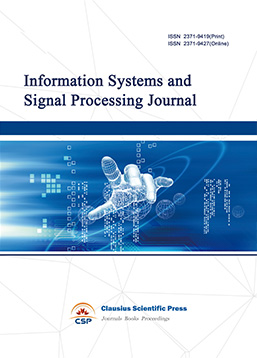
-
Intelligent Robots and Systems
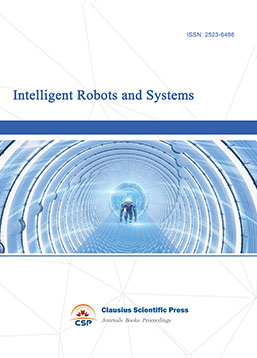
-
Journal of Image, Video and Signals
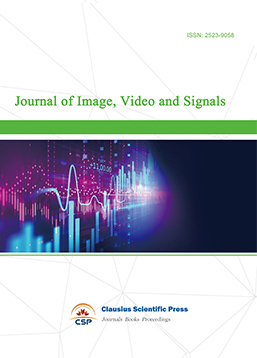
-
Transactions on Real-Time and Embedded Systems
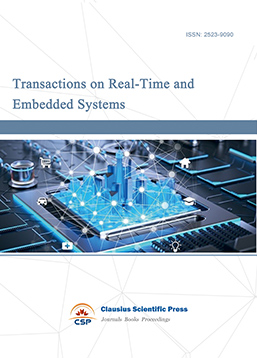
-
Journal of Electromagnetic Interference and Compatibility
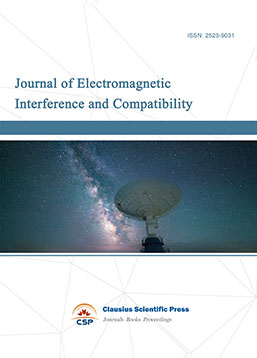
-
Acoustics, Speech and Signal Processing
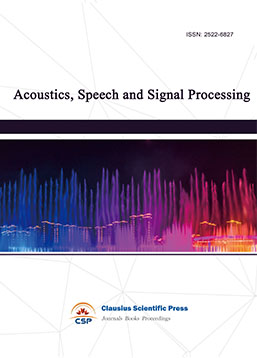
-
Journal of Power Electronics, Machines and Drives
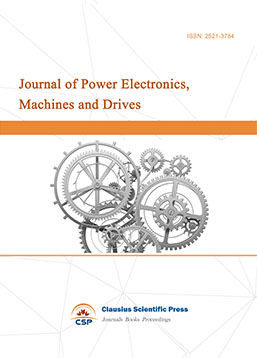
-
Journal of Electro Optics and Lasers
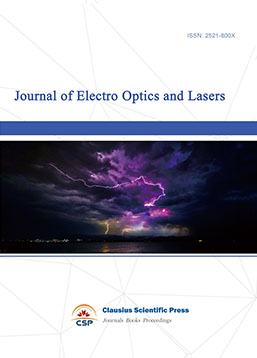
-
Journal of Integrated Circuits Design and Test
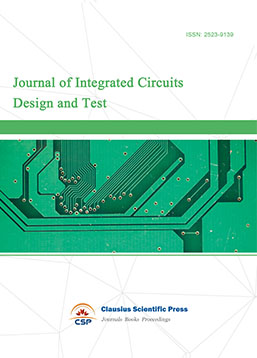
-
Journal of Ultrasonics
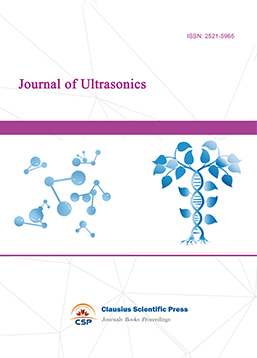
-
Antennas and Propagation
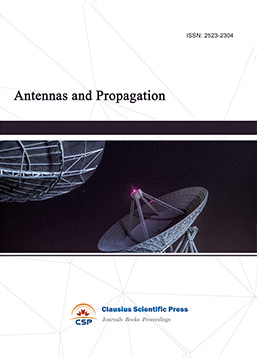
-
Optical Communications
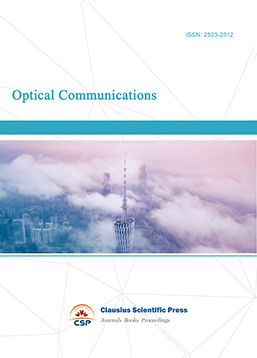
-
Solid-State Circuits and Systems-on-a-Chip
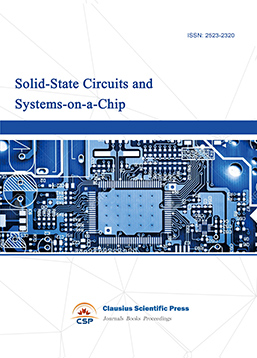
-
Field-Programmable Gate Arrays
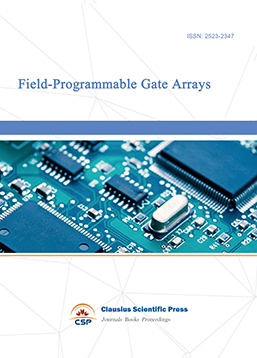
-
Vehicular Electronics and Safety

-
Optical Fiber Sensor and Communication
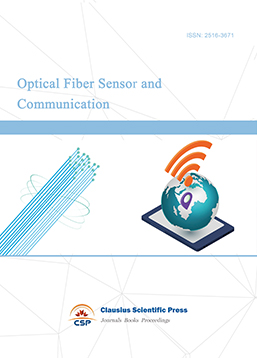
-
Journal of Low Power Electronics and Design
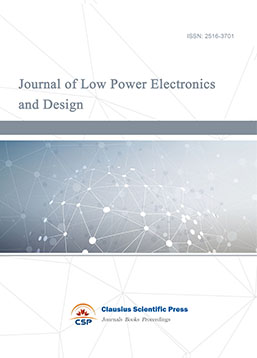
-
Infrared and Millimeter Wave
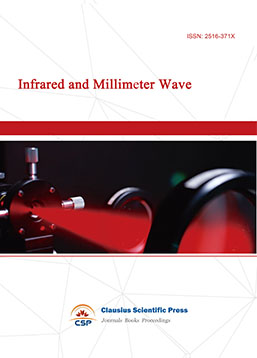
-
Detection Technology and Automation Equipment
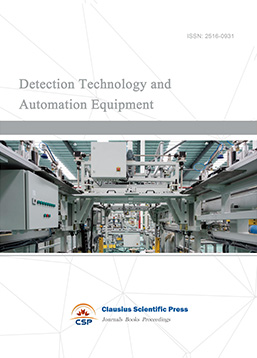
-
Journal of Radio and Wireless
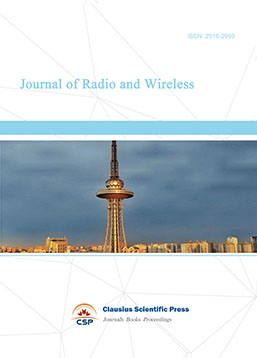
-
Journal of Microwave and Terahertz Engineering
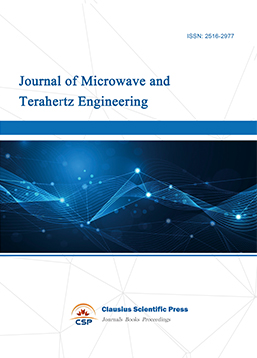
-
Journal of Communication, Control and Computing

-
International Journal of Surveying and Mapping
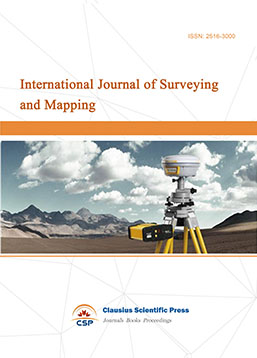
-
Information Retrieval, Systems and Services

-
Journal of Biometrics, Identity and Security
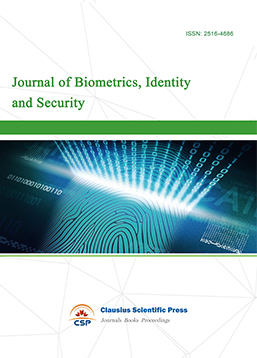
-
Journal of Avionics, Radar and Sonar
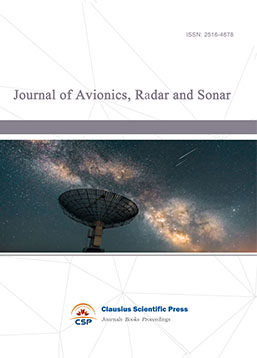

 Download as PDF
Download as PDF